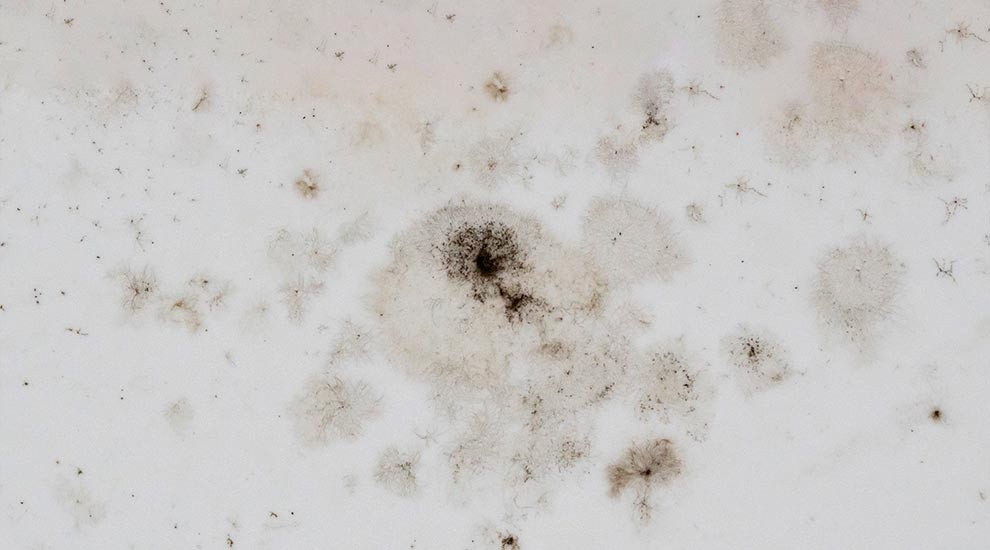How Soon Does Mold Grow After Water Damage?

Water damage is a homeowner’s nightmare for a multitude of reasons. It’s not just the immediate disruption caused by the water itself, but the potential long-term consequences that can be even more devastating. One of these looming threats is the growth of mold.
In this article, we aim to explore an often-asked question: “How soon does mold grow after water damage?”
The Mold Growth Timeline
The unfortunate truth is that mold growth can begin as early as 24 to 48 hours after water damage. This fast-paced growth can be attributed to the nature of mold spores, which are essentially microscopic fungi that thrive in damp conditions. They are constantly present in the air around us, waiting for the right conditions to settle and multiply.
The Factors Influencing Mold Growth
Multiple factors can influence how quickly mold grows after water damage. Some of these include:
Amount of Moisture
The quantity of water involved in the damage plays a significant role. A small leak might not lead to mold growth if it’s addressed quickly, whereas significant flooding creates an ideal environment for mold to thrive.
Temperature
Mold generally prefers warmer temperatures, similar to what we find comfortable—between 70 and 90 degrees Fahrenheit. However, some types of mold can grow in temperatures as low as 40 degrees.
Type of Material
Porous materials like wood, drywall, and fabric absorb water quickly and provide an ideal breeding ground for mold. Non-porous materials such as metal or plastic are less likely to harbor mold.
Air Flow
Areas with poor air circulation may encourage mold growth, as stagnant, humid air creates the perfect conditions for spores to settle and multiply.
Spotting the Early Signs of Mold
Early detection is key in preventing extensive mold damage. Here are some signs to watch for:
Musty Odor
Mold has a distinct, unpleasant smell. If you notice a musty odor, it’s a strong indicator of mold presence.
Visible Growth
Mold can appear in various colors, including black, white, green, or brown. It may look like a stain, smudge, or fuzzy growth.
Health Symptoms
If you or your family members are experiencing unexplained allergies or respiratory issues, it could be due to mold.
How to Prevent Mold Growth After Water Damage
Preventing mold growth after water damage involves swift and decisive action. Here are some steps you can take:
Dry Out the Area
Use fans, dehumidifiers, and heaters to speed up the drying process.
Remove Damaged Materials
Discard any water-damaged materials, especially porous ones, as they can harbor mold.
Clean and Disinfect
Use a mild detergent and water to clean the affected areas, then apply a non-toxic disinfectant.
Improve Ventilation
Keep the area well-ventilated to discourage mold growth.
The risk of mold growth after water damage is a serious concern that warrants immediate attention. The key to controlling mold is moisture control. Act quickly to dry out any wet areas, and keep a keen eye for any signs of mold.
Remember, mold not only affects your property but can also have significant health implications. It’s therefore crucial to stay vigilant and address any signs of water damage promptly. If you ever feel overwhelmed or uncertain, don’t hesitate to reach out to a professional for help. They have the tools, knowledge, and experience to guide you through the process, ensuring your home remains a healthy and safe space.
Publisher’s Details:
Save the Day Restoration
2424 Gundry Ave, Signal Hill, CA 90755
(866) 352-4603
savethedayrestoration.com
info@savethedayrestoration.com
If you’re in need of the best damage restoration services in Downey, CA, Save The Day Restoration should be your go-to choice. We use state-of-the-art equipment and industry-proven techniques to restore your property quickly and efficiently. In the context of discussing water damage restoration, it’s important to highlight the significance of quick response time. As mentioned in our blog post on “The Importance Of Quick Response In Water Damage Restoration,” a timely response can make a significant difference in mitigating the damage caused by water.

